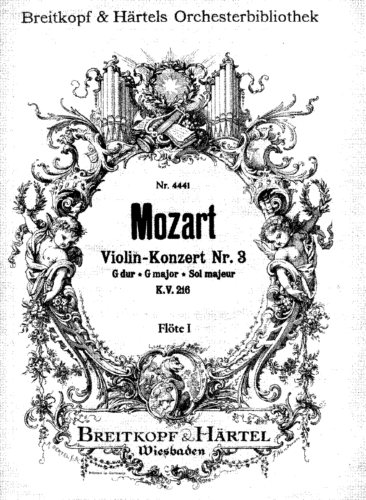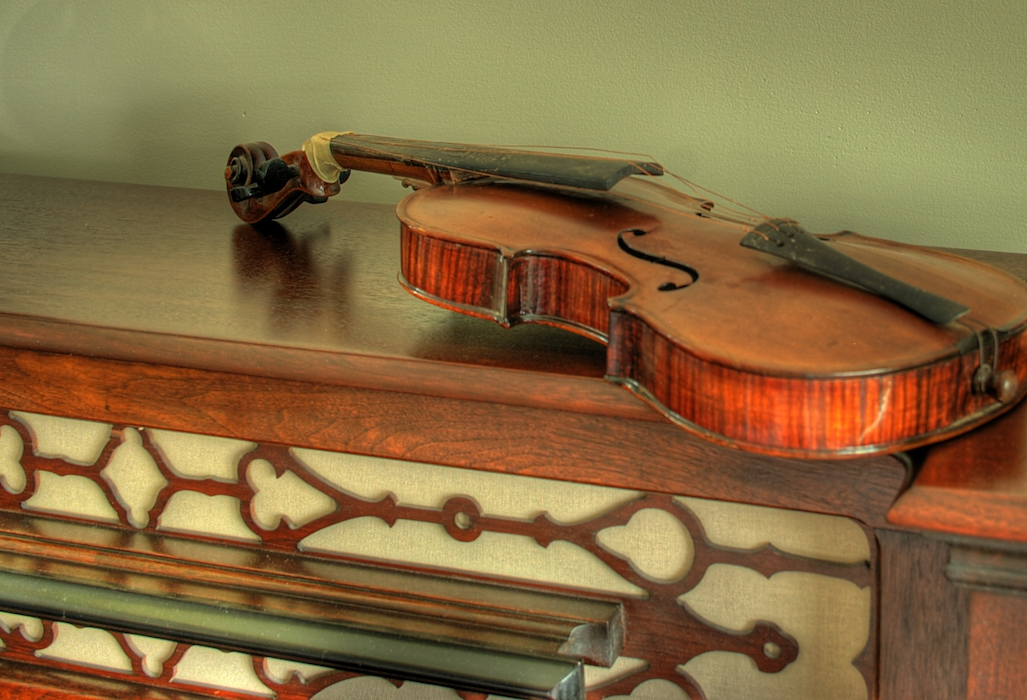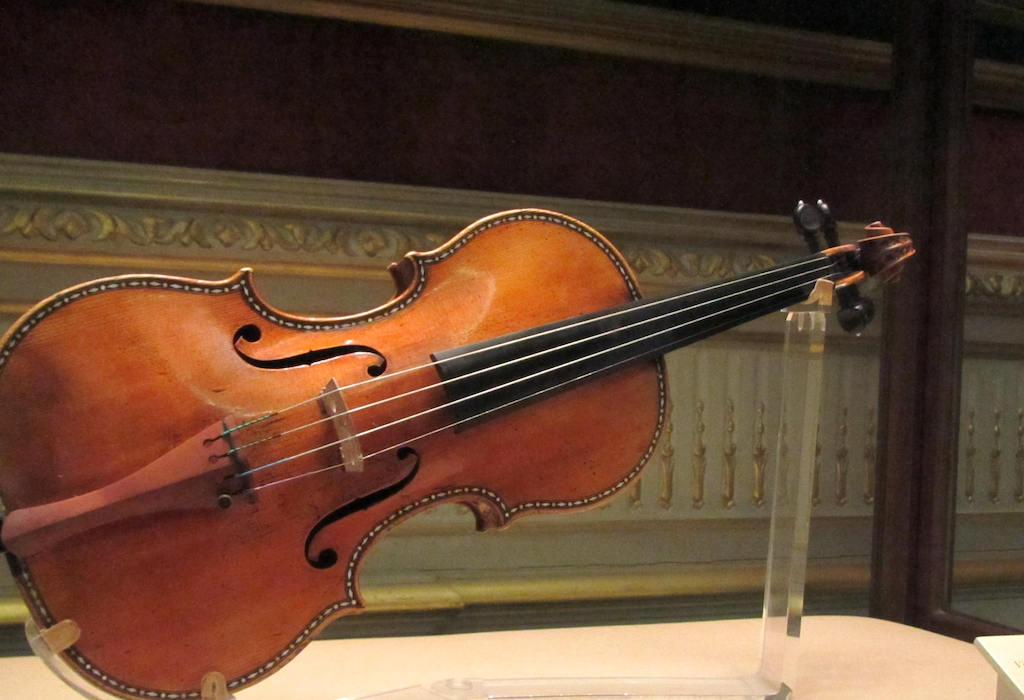Classical Music
Elegant, Intricate, Timeless
Classical music enriches our lives by providing a platform for emotional expression and creativity. Additionally, it offers a vast repertoire of timeless compositions that can inspire, relax, and stimulate the mind.

Ludwig van Beethoven
German composer known for his masterful symphonies and contributions to the development of classical music during the transition to the Romantic era.

Wolfgang Amadeus Mozart
Austrian composer recognized for his diverse and influential compositions, spanning symphonies, operas, and chamber music.

Johann Sebastian Bach
German composer and musician whose intricate and technically precise compositions greatly influenced the Baroque period.

Johannes Brahms
German composer and pianist whose symphonies and chamber works helped shape the Romantic period.

Claude Debussy
French composer known for his innovative and impressionistic compositions, greatly influencing the development of 20th-century music.

Frédéric Chopin
Polish composer and pianist renowned for his expressive and technically demanding piano works, contributing significantly to the Romantic period.

Ludwig van Beethoven's Symphony No. 6
The creation of Beethoven’s Pastoral Symphony is a remarkable testament to the profound connection between the composer and the natural world. Throughout his life, Beethoven found solace and boundless inspiration in the serene beauty of the countryside, as vividly reflected in his personal letters and journals. This symphony stands as a unique blend of musical artistry and the essence of nature, showcasing Beethoven’s deep reverence and appreciation for the world around him. It is a powerful reminder of how nature’s influence can shape and elevate artistic expression, resonating with audiences across generations.
In 1808, alongside the dramatic and intense Fifth Symphony, Beethoven introduced the world to his Symphony No. 6, also known as the Pastoral Symphony. This work offered audiences a refreshingly different musical experience, underscoring Beethoven’s extraordinary versatility as a composer. His ability to convey a vast spectrum of emotions is vividly demonstrated through this symphony, which stands in stark contrast to the Fifth.
Symphony No. 6 invites listeners to embark on an immersive journey through the natural world. Spanning five distinct movements, it paints a series of vivid scenes and emotions: the “Awakening of cheerful feelings upon arrival in the countryside,” the tranquil “Scene by the brook,” the lively “Merry gathering of country folk,” the tumultuous “Thunderstorm,” and finally, the serene “Shepherd’s song; cheerful and thankful feelings after the storm.” Each movement is intricately crafted to evoke a deep connection with nature, reflecting Beethoven’s profound love for the world around him and offering an engaging and immersive experience for the audience.
For those looking to immerse themselves in the serene beauty of Beethoven’s Pastoral Symphony, we invite you to experience a captivating performance by clicking here.

Mozart's Violin Concerto No. 3 in G major, K. 216
Mozart’s Violin Concerto No. 3 in G major, K. 216, is a delightful and uplifting composition that captivates with its elegance and charm. This concerto is structured in three movements, each offering a unique musical experience:
Allegro: The concerto opens with a vibrant and spirited theme introduced by the orchestra, which is then masterfully taken up by the violin soloist. This movement is characterized by its lively interplay and contrasting episodes, each highlighting Mozart’s unparalleled melodic inventiveness and the soloist’s technical virtuosity.
Adagio: The second movement transitions into a slower, more reflective tempo in D major. It begins with a tranquil theme presented by the orchestra, which the violin then enriches with expressive and deeply moving embellishments. This movement showcases the soloist’s ability to convey profound emotion through their instrument.
Rondeau: Allegro: The final movement returns to the lively and playful character of the first, maintaining the original key of G major. The orchestra introduces the main theme, followed by a series of contrasting episodes that display the violinist’s technical skill and Mozart’s boundless melodic creativity.
Overall, Mozart’s Violin Concerto No. 3 is a joyful and sophisticated work that not only highlights the solo violinist’s technical prowess and expressive range but also underscores Mozart’s exceptional gift for melody and orchestration. This concerto remains a beloved staple in the violin repertoire, enchanting audiences with its grace and brilliance.
For those wishing to experience the grace and brilliance of Mozart’s Violin Concerto No. 3, we invite you to enjoy a delightful performance by clicking here.

Mendelssohn's Violin Concerto in E Minor, Op. 64: A Masterpiece of Elegance and Innovation
Felix Mendelssohn’s Violin Concerto in E Minor, Op. 64, stands as one of the most cherished and influential works in the violin repertoire. Composed in 1844, this concerto is celebrated for its seamless integration of virtuosity, lyrical beauty, and structural innovation, reflecting Mendelssohn’s genius and his deep understanding of the instrument.
A Symphony of Emotion and Technique
The concerto opens with a gentle yet impassioned orchestral introduction, setting the stage for the violin’s entrance with a hauntingly beautiful melody. This opening movement, marked Allegro molto appassionato, is a testament to Mendelssohn’s ability to blend emotional depth with technical demands. The soloist and orchestra engage in a dynamic dialogue, showcasing the violin’s expressive capabilities and the orchestra’s supportive role.
The Andante second movement offers a serene and introspective contrast. Mendelssohn crafts a tranquil atmosphere with a lyrical theme that the violin explores with exquisite sensitivity. This movement highlights the soloist’s ability to convey profound emotion, drawing the listener into a world of reflection and calm.
The concerto concludes with an energetic and spirited Allegretto non troppo – Allegro molto vivace. This final movement bursts forth with vitality, featuring a lively theme that the violin delivers with brilliance and flair. Mendelssohn’s innovative approach is evident in the seamless transitions between sections, maintaining a sense of cohesion and momentum throughout.
A Legacy of Innovation and Beauty
Mendelssohn’s Violin Concerto is renowned for its groundbreaking structure, including the absence of a traditional cadenza and the continuous flow between movements. These innovations challenged conventional norms and paved the way for future compositional developments.
This concerto not only showcases the soloist’s technical prowess and expressive range but also underscores Mendelssohn’s mastery of orchestration and form. It remains a cornerstone of the violin repertoire, captivating audiences with its elegance, passion, and timeless appeal.
Overall, Mendelssohn’s Violin Concerto in E Minor, Op. 64, is a testament to the composer’s innovative spirit and profound musicality. Its enduring popularity is a testament to its universal appeal and the emotional connection it fosters with listeners. For those seeking to experience the pinnacle of Romantic-era violin music, Mendelssohn’s concerto is an essential and rewarding journey.
For those eager to immerse themselves in the enchanting world of Mendelssohn’s Violin Concerto, we invite you to experience a captivating performance by clicking here.




